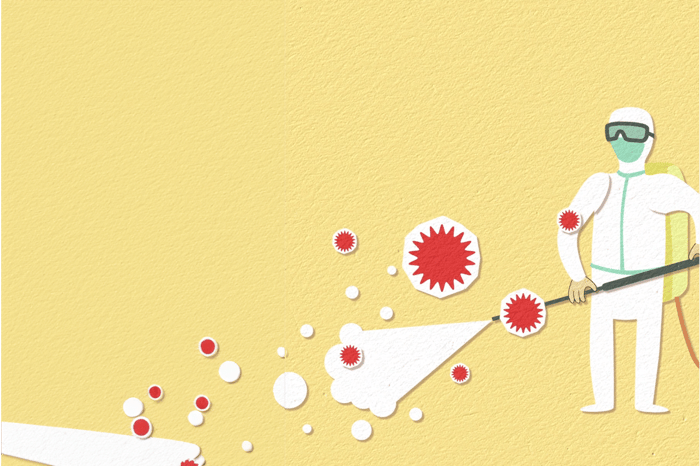
Hidden Toxins That Are Harmful to Our Health
When we strive for healthier living, we often focus on the obvious culprits: processed foods, lack of exercise, and poor sleep habits. However, there's a sneaky threat lurking in our homes and everyday environments—hidden toxins. These invisible enemies can have significant impacts on our health, contributing to a range of ailments and chronic conditions. Let’s uncover some of the most common hidden toxins and explore how you can protect yourself and your family from their harmful effects.
1. Volatile Organic Compounds (VOCs)
What Are They? VOCs are chemicals that evaporate into the air at room temperature. They are commonly found in household products like paints, varnishes, cleaning supplies, air fresheners, and even some furniture and carpets.
Health Risks:
- Short-term: Eye, nose, and throat irritation; headaches; dizziness; and nausea.
- Long-term: Liver, kidney, and central nervous system damage; some VOCs are known carcinogens.
Protection Tips:
- Use low-VOC or VOC-free products.
- Ensure good ventilation when using products that contain VOCs.
- Consider air purifiers with activated carbon filters to reduce indoor VOC levels.
2. Phthalates
What Are They? Phthalates are a group of chemicals used to make plastics more flexible and harder to break. They are commonly found in products like vinyl flooring, shower curtains, plastic food containers, and personal care products such as shampoos and lotions.
Health Risks:
- Hormone disruption, particularly affecting reproductive health.
- Increased risk of asthma and allergies in children.
- Potential links to obesity and metabolic disorders.
Protection Tips:
- Avoid plastics labeled with recycling codes 3, 6, and 7.
- Opt for phthalate-free personal care products.
- Use glass, stainless steel, or BPA-free plastics for food storage.
3. Flame Retardants
What Are They? Flame retardants are chemicals added to materials to prevent or slow the spread of fire. They are commonly found in electronics, furniture, mattresses, and textiles.
Health Risks:
- Hormone disruption and thyroid issues.
- Impaired neurological development in children.
- Potential carcinogenic effects.
Protection Tips:
- Choose products labeled as free from flame retardants.
- Use a vacuum with a HEPA filter to reduce household dust that may contain flame retardants.
- Wash hands frequently, especially before eating, to minimize ingestion of dust particles.
4. Pesticides
What Are They? Pesticides are substances used to eliminate pests, including insects, weeds, and fungi. They are commonly used in agriculture, but residues can remain on conventionally grown produce.
Health Risks:
- Short-term: Skin and eye irritation; headaches; dizziness; and nausea.
- Long-term: Increased risk of cancer, hormone disruption, and neurological disorders.
Protection Tips:
- Wash and peel fruits and vegetables to reduce pesticide residue.
- Use natural pest control methods in your home and garden.
- If an option that makes sense for your family, chose organic when possible
5. Heavy Metals
What Are They? Heavy metals like lead, mercury, cadmium, and arsenic can be found in various household items, contaminated water, and certain foods.
*Speaking of heavy metals, did you know this?
Health Risks:
- Lead: Developmental issues in children, kidney damage, and high blood pressure.
- Mercury: Neurological and developmental damage, particularly in fetuses and young children.
- Cadmium: Kidney damage and bone loss.
- Arsenic: Increased risk of cancer and skin lesions.
Protection Tips:
- Test your home for lead, especially if it was built before 1978.
- Avoid seafood known to have high mercury levels, such as shark and swordfish.
- Use a water filter, if possible, that removes heavy metals.
Hidden toxins are a pervasive threat in our modern lives, but with awareness and proactive measures, we can significantly reduce our exposure and protect our health. In no way can we eliminate our exposure, but small changes can significantly reduce exposure.
By making informed choices about the products we use and the environments we create, we can foster a healthier, toxin-free lifestyle for ourselves and our loved ones.






